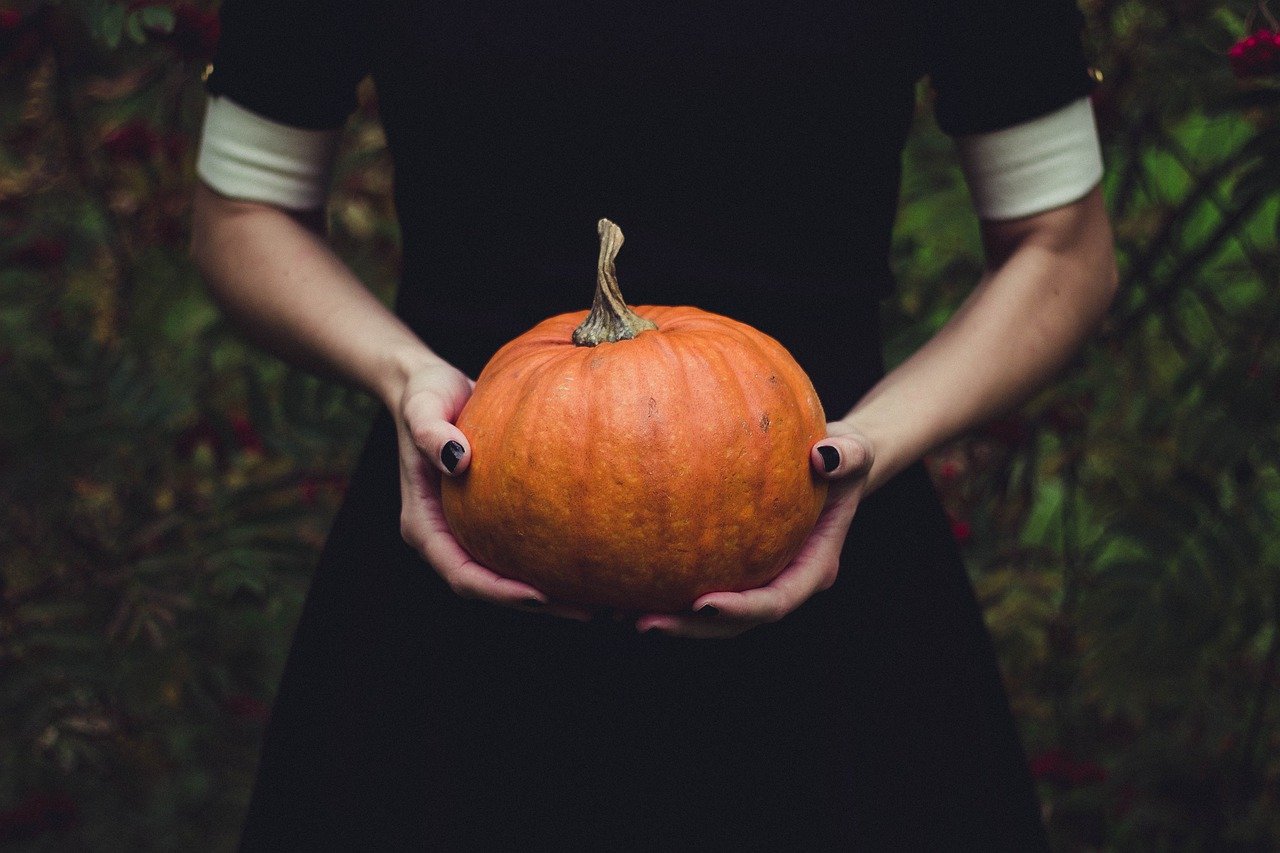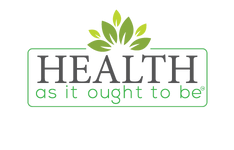
The Benefits of Fall Foods
Here in the U.S., we all grew up with the stories of how the Native Americans helped the Pilgrims endure a harsh winter by showing them how to grow many of the indigenous plants that could nourish them in the fall and hold them over during the harsh winters.
The celebration of Thanksgiving and the cornucopia of foods that the early settlers ate can inform us about how we’re supposed to live now.
I always want to return to the simple truth that what we put in our bodies is probably one of the most important facets of making us well.
And the good news is now is a great time to derive the many benefits of an autumnal bounty.
In this article I’m going to review some of the top foods you can find in the grocery store (and even more importantly, at the farmer’s market) and show you how including them in your diet can work wonders.
4 Foods That You Should Enjoy This Fall
What’s interesting about our modern life is many of the fall foods I’ll mention here are foods you can enjoy most of the year long.
Thanks in part to modern improvements in agricultural methods we can enjoy many of these foods all year long.
But, if you’re in the states and you deal with local farmers, many of the foods I mention here are up to be harvested right now.
I’ll start with some of the best from a nutritional (and even a cost standpoint).
1 - The Sweet Potato:
Sweet potatoes are a traditional fall food, even if your aunt loads them up with marshmallows at Thanksgiving.
What makes the sweet potato so good?
Taste is one thing. Almost everyone loves how delicious sweet potatoes are…which means they’re quite easy to include in your daily routine.
Nutritionally they’re all stars as well.
Here’s what Healthline says about sweet potatoes:
“Sweet potatoes are extremely healthy and one of the cheapest vegetables you can buy.
For only $0.92 a pound, they provide an impressive amount of vitamins and minerals that have many health benefits.
They are particularly high in beta-carotene, which is converted into vitamin A in the body. Just one sweet potato provides 369% of your daily need for vitamin A, which plays an important role in eye health.
Sweet potatoes also contain a decent amount of B vitamins, vitamin C, potassium and fiber. Studies show they may have anti-inflammatory effects, which help lower the risk of chronic diseases such as cancer and diabetes.”
2 - Apples:
Apple orchards and corn mazes are really fun fall activities…
What’s great about an apple orchard is every time you reach up and grab an apple from a tree you’re getting one of the healthiest foods imaginable into your hands.
Hence the “apple a day keeping the doctor away” adage.
Apples possess a ton of helpful nutrients and antioxidants.
Quercetin is a superb antioxidant I’ve written about before and apple skins are one of the best sources of quercetin in all of nature.
Additionally, apples are rich in fiber which has known abilities to positively influence gut health, improve cardiovascular function along with keeping your bowels healthy.
Research has even indicated that quercetin and the polyphenol phloridzin may help lower the risk of developing diabetes. A meta-analysis of several studies concluded eating apples (as well as pears) could be linked to an 18% reduction in the risk of developing type 2 diabetes risk.
As always, organic is important when selecting your apples. Apples fall on the Dirty Dozen list for pesticides.
3 - Pumpkins:
There is no food more synonymous with fall than the pumpkin.
Yes, there are many other gourds, but the pumpkin is the most ubiquitous of all the fall foods.
Probably because they’re fun to carve and they get huge!
Pumpkins are orange just like the sweet potato and that color indicates it’s rich in many antioxidants and other helpful nutrients.
So what exactly could you expect to achieve by eating pumpkins?
Supported visual capacity and a healthy immune system thanks to vitamin A, lutein, and zeaxanthin … along with heightened immune function thanks to the presence of vitamin A and vitamin C.
Vitamin C + potassium and fiber are also likely to help boost cardiovascular function.
There’s even a chance it could help reduce your risk of developing cancer.
Pumpkin is filled with nutrients called carotenoids (they can act as antioxidants. Their antioxidant-like function could help them reduce the harm that free radicals may induce and that could help protect against certain cancers.
A meta-analysis of 13 studies demonstrated that when people had a high intake of alpha-carotene and beta-carotene (both found in abundance in pumpkin) the chance they’d develop stomach cancers was much lower.
4 - Cranberries:
Cranberries really should be a staple in your diet when you consider all the different ways they could help to improve your health.
If you value your heart…your brain…your waistline and more then let me show you how cranberries could greatly affect your health.
A study highlighted that they may boost brain health…
In a 12-week, parallel, randomized, placebo-controlled trial (the gold standard of trials) of freeze-dried cranberry powder published in Frontiers in Nutrition researchers found cranberries could help to improve brain health in older adults.
They took 60 adults ages 50-80 and had them consume what’d be about the same as one small cup of cranberries daily for 12 weeks.
At the end of the study, they were able to show that visual episodic memory and neural functioning in participants compared to placebo were better.
Plus the study indicated better heart health too.
Another observation was that the less desirable cholesterol (known asLDL cholesterol) went down substantially.
There’s even reason to believe cranberries can help with blood sugar control.
“In a study researchers had 1 group of patients drink 1 cup of cranberry juice a day for 12 weeks. The other group drank a placebo.
“The group of patients, who received cranberry juice, had a significantly lower blood glucose and a significantly higher serum apoA-1 activity than the placebo group” .
Are There More Fall Foods to Enjoy?
The answer is yes.
However, I am going to focus on these for a few reasons.
One is that they are ubiquitous as far as fall goes.
The other is many other popular fall foods may have some downsides associated with them. i.e. kale and other cruciferous veggies have things called oxalates in them, which can be harmful, and tomatoes and other nightshades can also be harmful.
So, I chose these foods for their overwhelming positive power!
Hope you enjoy these this fall as I know I will.



